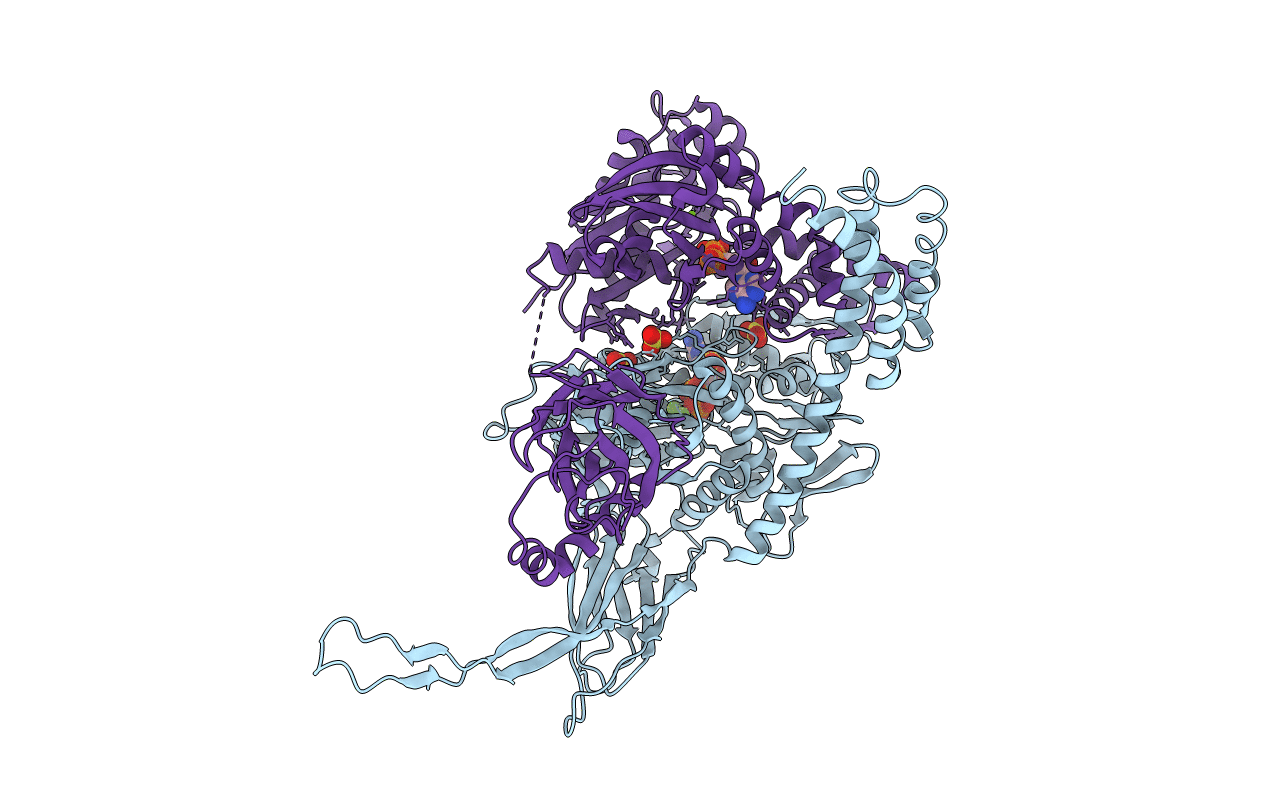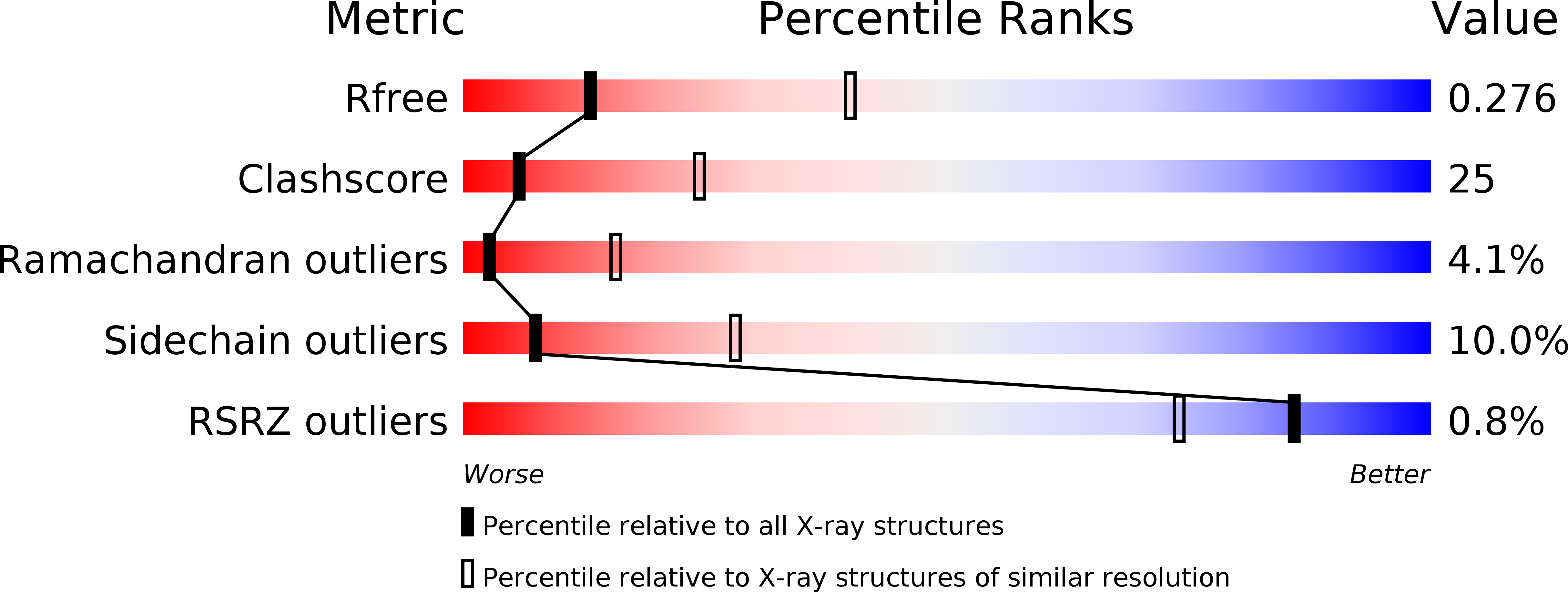
Deposition Date
2008-02-07
Release Date
2008-05-27
Last Version Date
2024-02-21
Entry Detail
PDB ID:
3C7N
Keywords:
Title:
Structure of the Hsp110:Hsc70 Nucleotide Exchange Complex
Biological Source:
Source Organism:
Saccharomyces cerevisiae (Taxon ID: 4932)
Bos taurus (Taxon ID: 9913)
Bos taurus (Taxon ID: 9913)
Host Organism:
Method Details:
Experimental Method:
Resolution:
3.12 Å
R-Value Free:
0.28
R-Value Work:
0.22
R-Value Observed:
0.22
Space Group:
P 21 21 2


